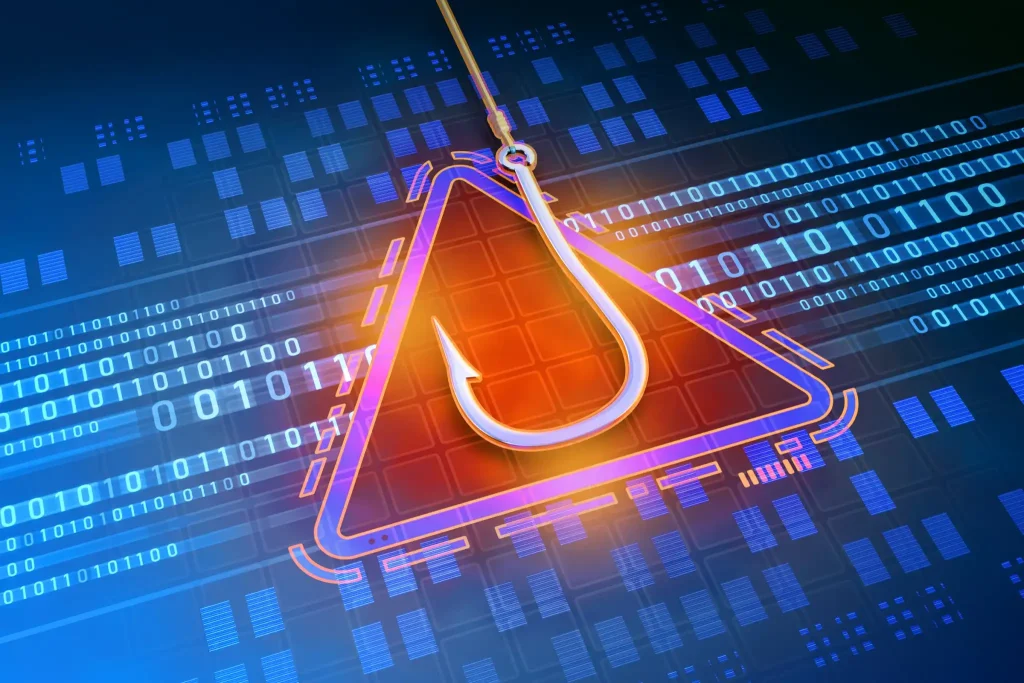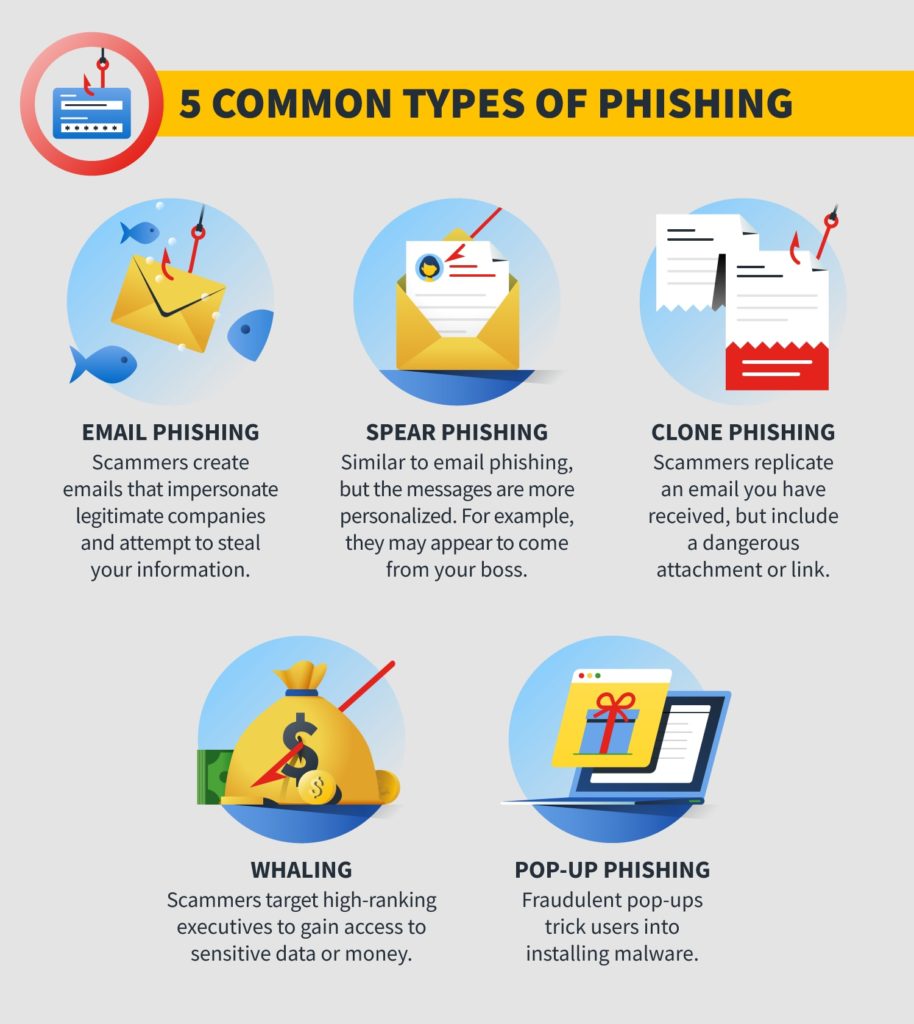Phishing Protection Tips: How to Keep Your Personal Information Safe

In today’s digital age, our lives are intricately connected to the internet. From online banking to email communication and social media, we rely on various online platforms for convenience and efficiency. However, this interconnectedness also exposes us to various online threats, with phishing being one of the most common and potentially devastating.
This blog post will provide an in-depth understanding of phishing and offer practical tips to protect yourself from these attacks.

Image source: Andreus / Getty Images
What is Phishing?
Phishing is an online scam where cybercriminals impersonate legitimate organizations or individuals to trick you into revealing sensitive information. This could include your login credentials, credit card numbers, bank details, or social insurance numbers. The deception often occurs through seemingly legitimate communication channels, such as emails, websites, or messages.
The Dangers of Phishing
Phishing poses a significant risk as it can lead to devastating outcomes, such as identity theft and substantial financial loss. Once hackers have your personal information, they can commit fraud, make purchases on your behalf, or even sell your information on the dark web. The consequences are not just financial; recovering from such attacks can be time-consuming and stressful.

Image source: gulfsouthtech.com
Types of Phishing Attacks
Email Phishing: In this common form, attackers send fraudulent emails that appear to be from reputable organizations, requesting you to click on a link or download an attachment.
Spear Phishing: A more targeted approach, spear phishing customizes messages to specific individuals or organizations. Attackers often research their victims to make their schemes more convincing.
Vishing (Voice Phishing): Attackers use phone calls to trick victims into disclosing personal information or performing actions detrimental to their security.
Smishing (SMS Phishing): Similar to email phishing, smishing uses text messages to deceive individuals into revealing sensitive information or downloading malicious content.
How to Protect Yourself from Phishing Attacks
Here are some practical tips and best practices to help you guard against phishing threats:
Here are some practical tips and best practices to help you guard against phishing threats:
1. Be Skeptical: If an email or message seems too good to be true, it probably is. Be wary of any communication that asks for your personal information, especially if it creates a sense of urgency.
2. Keep Your Software Up to Date: Regularly update your operating system, browser, and security software. Updates often come with patches for security vulnerabilities that hackers could exploit.
3. Be Wary of Unsolicited Emails: Treat unsolicited emails with caution, especially those asking for personal information. Legitimate organizations typically do not ask for sensitive data via email.
4. Check for Red Flags: Pay attention to grammatical errors, generic greetings, or unusual requests in emails. Legitimate organizations typically maintain professional communication standards.
5. Double-check the Sender’s Email Address: Phishers often spoof email addresses to make them look like they’re from a trusted source. Always verify the sender’s email address.
6. Scrutinize Links in Emails: Before clicking any link in an email, hover over it to see the actual URL. If it looks suspicious, do not click on it.
7. Use Multi-factor Authentication (MFA): MFA adds an extra layer of protection by requiring another piece of information in addition to your password. This could be a fingerprint, a one-time code sent to your phone, or a physical token.
8. Install Reputable Antivirus Software: Good antivirus software can provide real-time protection against phishing attacks by alerting you of suspicious websites or emails.
9. Be Cautious Online: Be mindful while sharing personal information online. Only share your sensitive data on secure websites (those starting with ‘https’).
10. Beware of Impersonators: If you receive a call or message from a financial institution or a government agency, be cautious. Verify their identity through official channels before disclosing any personal information.
11. Report Suspected Phishing: If you encounter a suspected phishing attempt, report it to the organization being impersonated and relevant authorities. This can help prevent others from falling victim to the same scam.
12. Educate Yourself and Others: Stay informed about the latest phishing techniques and educate your friends and family about the risks. Awareness is a crucial defence against phishing.
Phishing is a severe threat in the cyber world, but with awareness and the proper protective measures, you can significantly reduce your risk of falling victim to these attacks. Remember, the key to cybersecurity is constant vigilance and proactive protection. Stay safe online!
*Brought to you by Plexxis Software: Offering software solutions for the construction industry that integrates cloud, mobile and on-premise software to improve and enhance team performance.
Share:
New From Plexxis


Social Engineering as a Cyberattack Tactic

Ransomware Protection: Keep Your Data Safe

